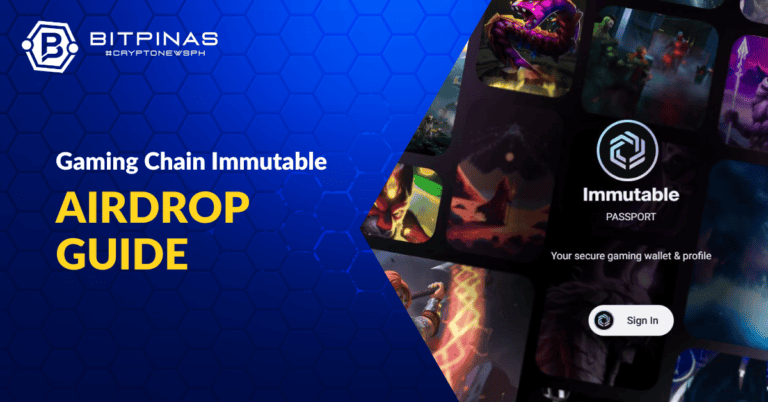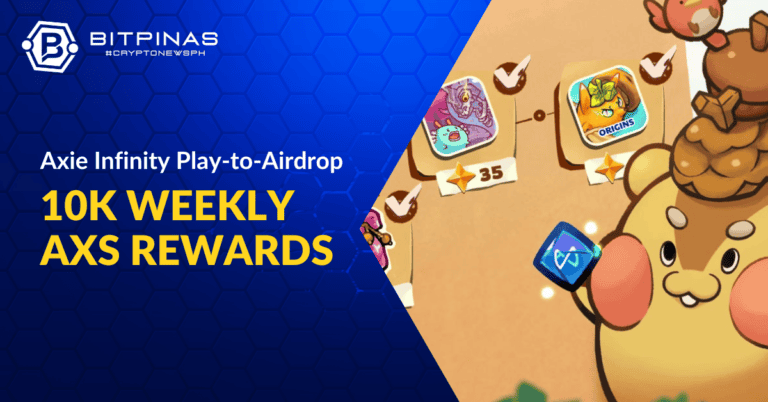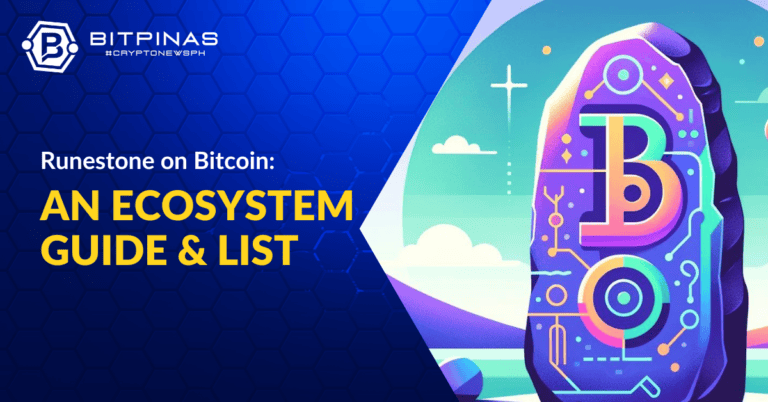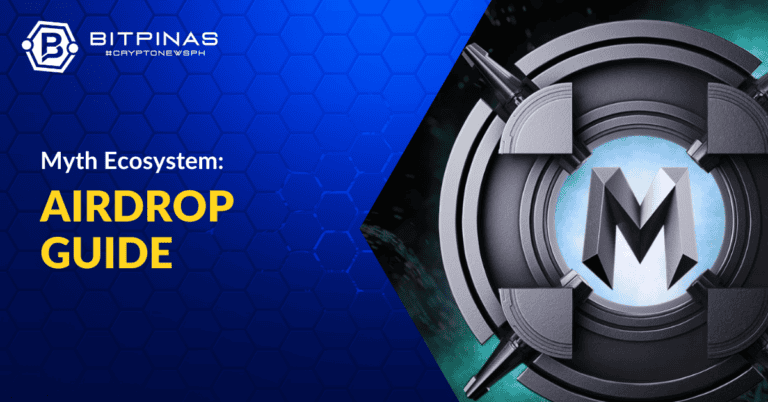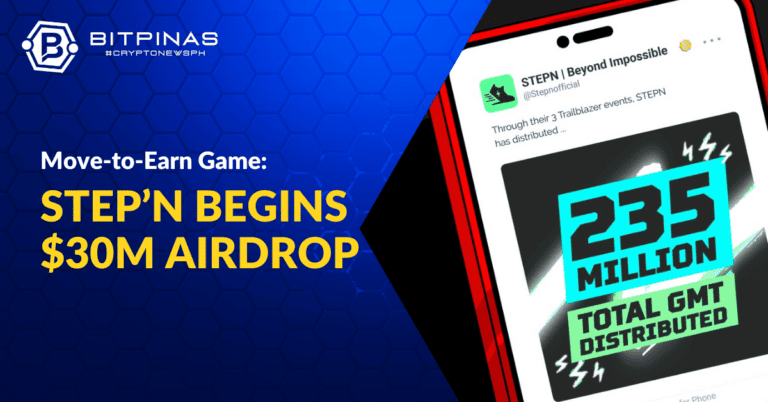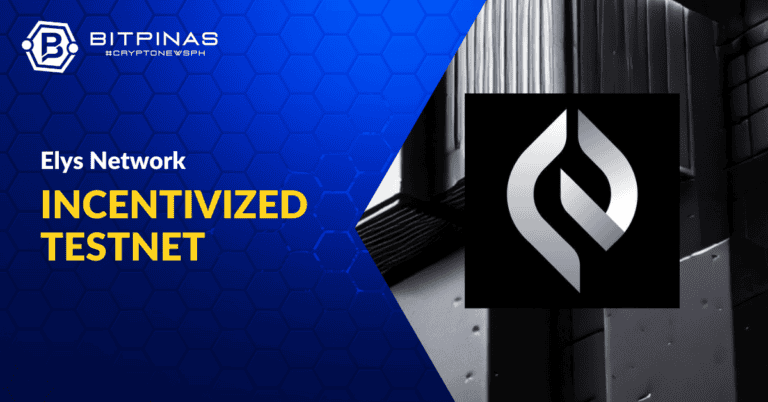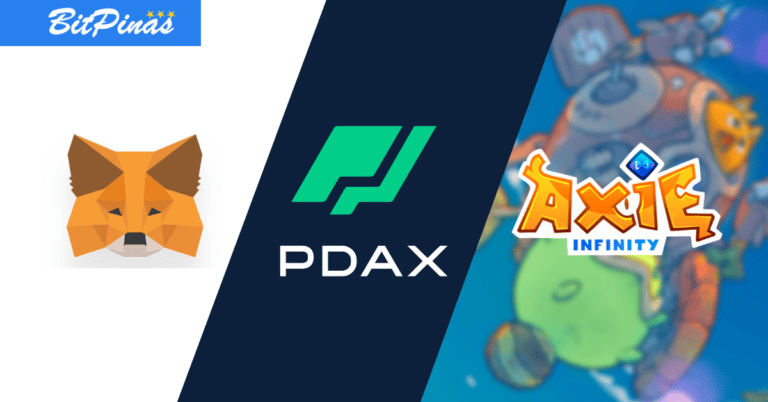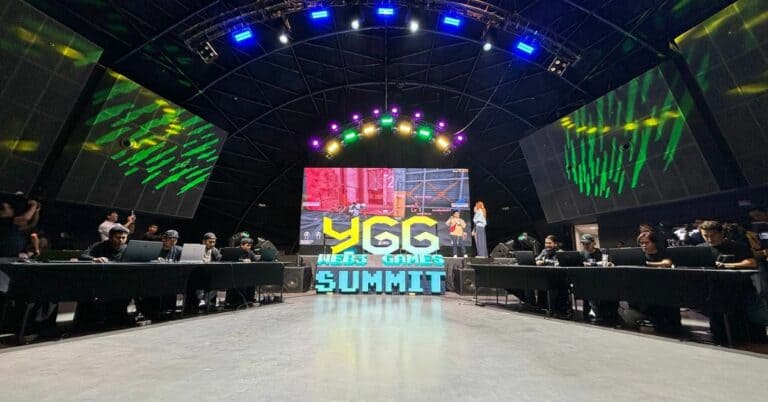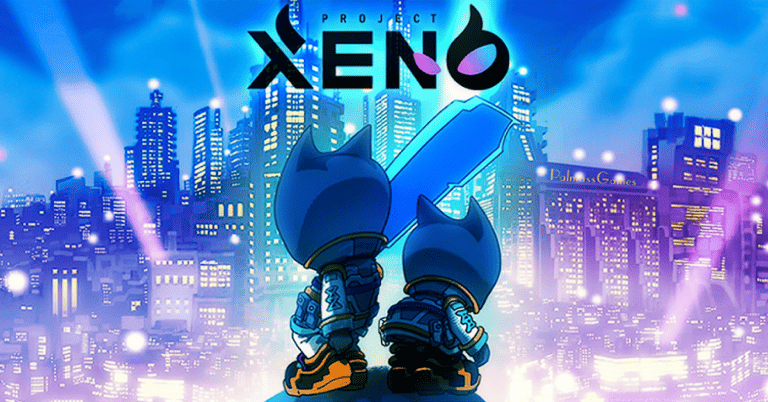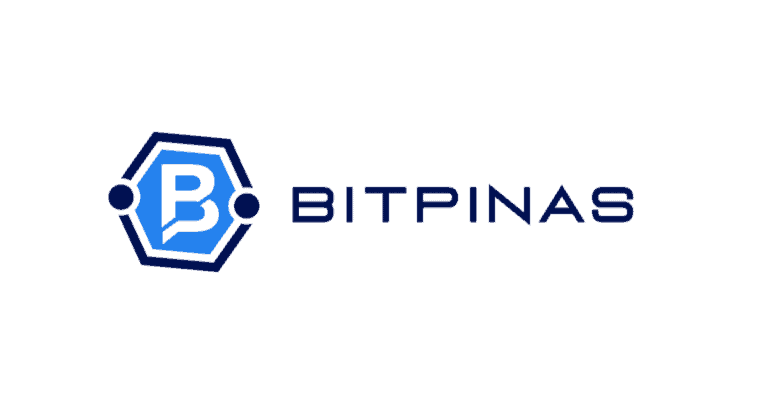Restaking Airdrop and Ecosystem Guide: How To Be Eligible
Learn more about the crypto narrative on restaking together with the potential airdrops in its ecosystem.
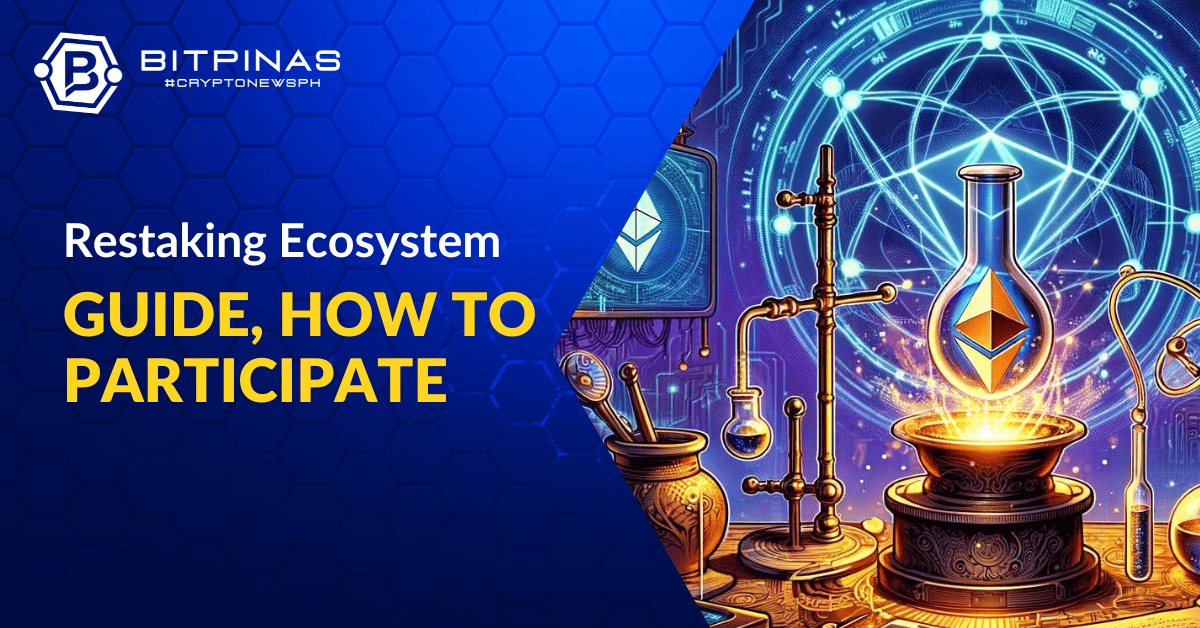
In our discussion about liquidity protocols, it is noted that to be able to provide liquidity to liquidity pools, which empowers a liquidity protocol or a DEX, liquidity providers are needed.
Liquidity providers are individuals who provide tokens to a smart contract that is associated with a liquidity pool. This process is often called staking.
And after these liquidity providers staked their tokens, they will receive a liquid counterpart of that token, representing their staked assets. The transaction fees paid by the pool and DEX users go to the liquidity providers. Most protocols also reward liquidity providers depending on how long users stake their tokens.
(Also check out: 10 Potential Crypto Airdrops 2024 to Watch Out for in 2024)
Read our article about potential airdrops here:
Table of Contents
Introducing Restaking: Staking The Staked
Restaking is the process of staking the liquid tokens obtained after staking a token. Technically, a liquidity provider will deposit their liquid tokens to the smart contract of a restaking protocol.
It could be considered as hitting three birds with one stone (or token?), as a staked token can provide validation to the network, the restaked liquid token can be used to provide security to the protocol on top of that network, and while the user’s tokens are staked and restaked, multiple rewards can be earned.
It is because these restaking protocols give rewards to users who will restake liquid tokens, normally depending on the duration that the liquid token has been staked.
But these rewards are often liquid tokens only, and it could be a good idea if they launch their own tokens for the rewards system and pay other network fees.
And once they will *cross-fingers* launch their own tokens, massive airdrops will surely be rewarded to those who have been restaking their tokens on these platforms.
Restaking Protocols With No Tokens Yet
Pendle
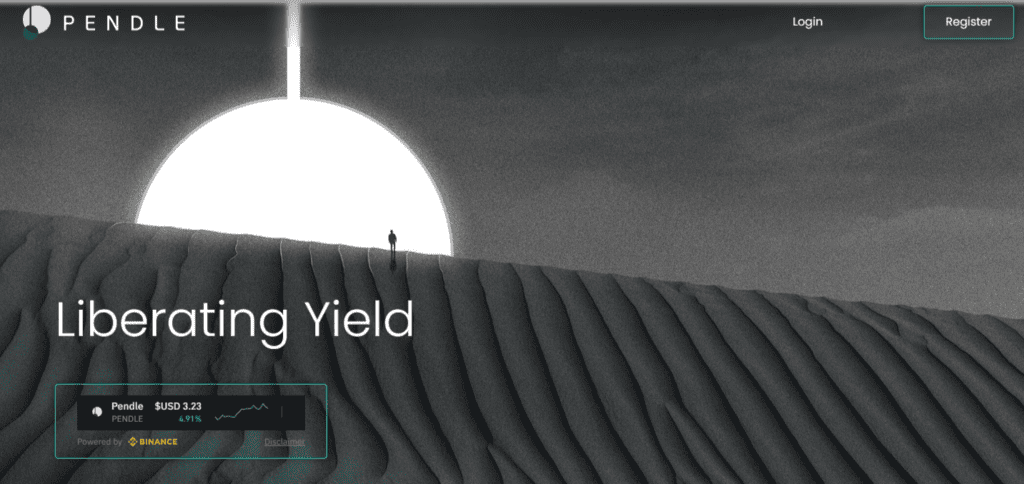
Pendle (https://pendlenetwork.com/) is a decentralized protocol that enables the tokenization and trading of future yields through the creation of an AMM that supports assets with time decay. It claims to give its users more control over future yield by providing optionality and opportunities for its utilization.
As of this writing, the network already has a native token called $PENDLE and has an ongoing airdrop. According to the team, they are giving away free $PENDLE to airdrop participants who will do the four “simple” tasks to promote their platform and attract engagement.
To join:
- Step 1: Go to https://pendlenetwork.com/pendleapp/home/mobile/airdrop/web/register.php.
- Step 2: Create an account by filling in the required information.
- Step 3: Wait for the platform to verify the created account.
- Step 4: Do the tasks listed.
Picasso
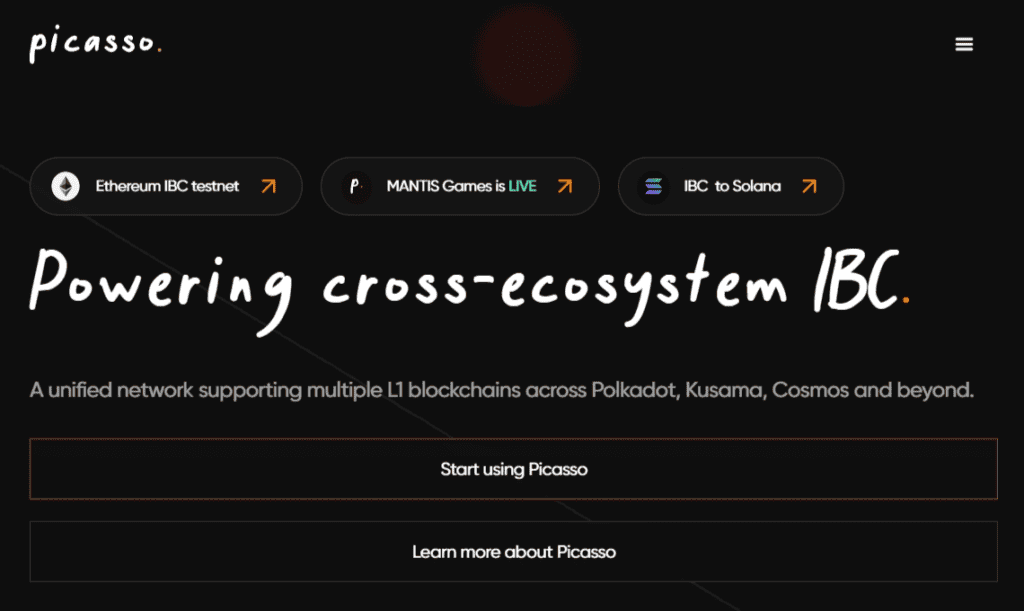
Picasso (https://picasso.xyz/) is a unified network powering cross-ecosystem IBC transfer activity for secure interoperability.
It has its own native token, $PICA, which is designed and deployed to serve as a unified network token supporting multiple L1 blockchains. Currently, PICA is powering a Cosmos chain (Composable Cosmos Chain) and a Kusama parachain (Picasso).
While the community is speculating about a $PICA airdrop campaign, Picasso has an active partnership with Composable Finance, a DeFi protocol that seeks to integrate major blockchains like Ethereum, Polkadot, Cosmos, and NEAR.
To join:
- Step 1: Go to https://app.blocked.cc/picasso?referralCode=88701C.
- Step 2: Log in and create an account.
- Step 3: Do the quests.
- Step 4: Secure top rank on the leaderboard.
AltLayer
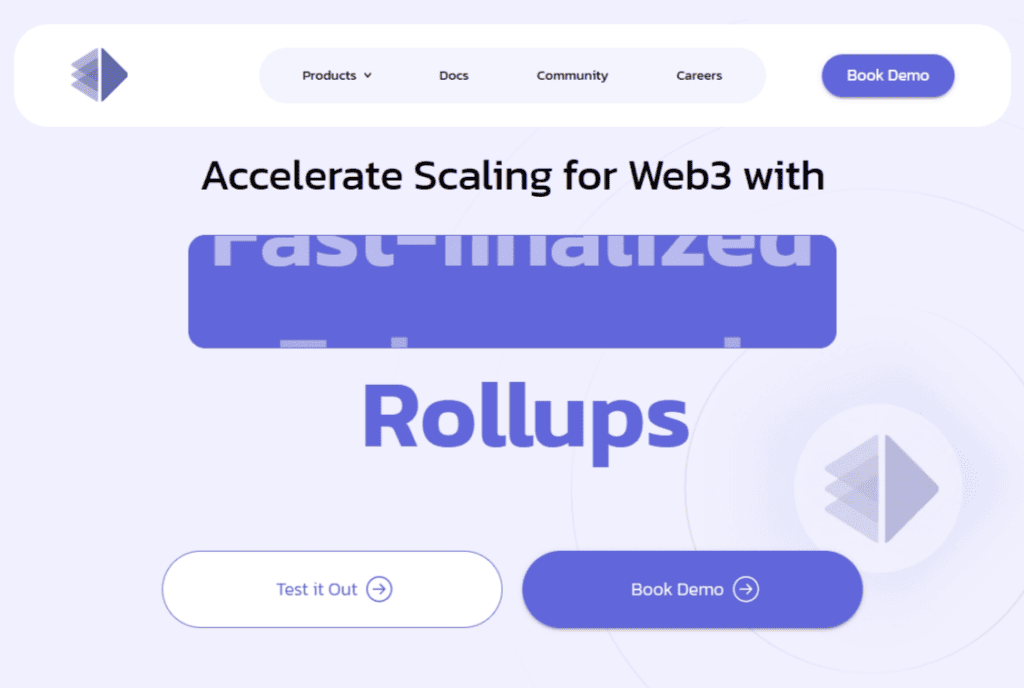
AltLayer (https://altlayer.io/) is an open protocol for rollups that claims to bring together a novel idea of “restaked rollup,” which takes existing rollups and provides them with enhanced security, decentralization, interoperability, and crypto-economic fast finality.
Recently, it hosted an $ALT Airdrop Campaign, which is in line with its native token’s launch.
However, the airdrop page (https://airdrop.altlayer.io/) is still open, leading the community to speculate that another round of campaign might happen in the future.
Restake Finance
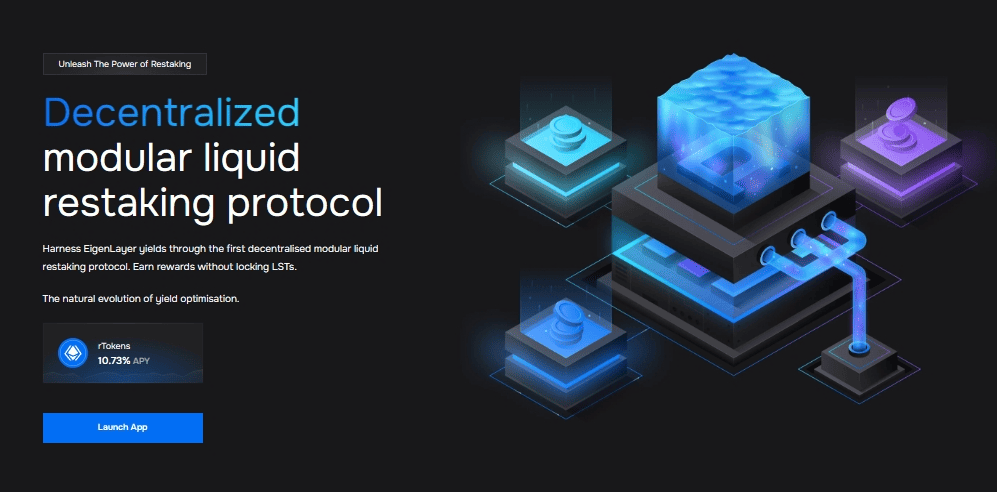
Restake Finance (https://restakefinance.com/) is the first known protocol launching modular liquid staking for EigenLayer. Rehypothecation enables LSTs to be used as cryptoeconomic security for actively validated services part of EigenLayer.
In December 2023, Restake Finance revealed its plans for $RSTK’s tokenomics. Out of the 100 million total supply, 5% is allocated for a future airdrop.
No other details were stressed about the airdrop, but users are assured that a future airdrop campaign will happen.
ULTRA Prisma Finance
Prisma Finance (https://app.prismafinance.com/) is a DeFi protocol focused on realizing the full potential of Ethereum LSTs. It enables users to mint a stablecoin, mkUSD, that is fully collateralized by liquid staking tokens.
In November 2023, the protocol confirmed that 2% of the total supply of $ULTRA will be distributed to early access participants according to the points they earned. There was still no update about this.
However, it should be noted that the platform has an “airdrops” feature (https://prisma.farm/airdrops), where users can receive different rewards, including NFTs and crypto, by doing some tasks.
Eigenlayer

Eigenlayer (https://www.eigenlayer.xyz/) is one of the protocols that introduced restaking. It is a set of smart contracts that allows consensus layer $ETH stakers to opt in to validating new software modules built on top of the Ethereum ecosystem.
Read our guide about Eigenlayer’s potential airdrop here: Eigenlayer Airdrop and Restaking 101: How to be Eligible
Etherfi

Etherfi (https://www.ether.fi/) is another Ethereum-based restaking protocol, intending to “bolster Ethereum’s decentralization by simplifying non-custodial staking.”
Swell
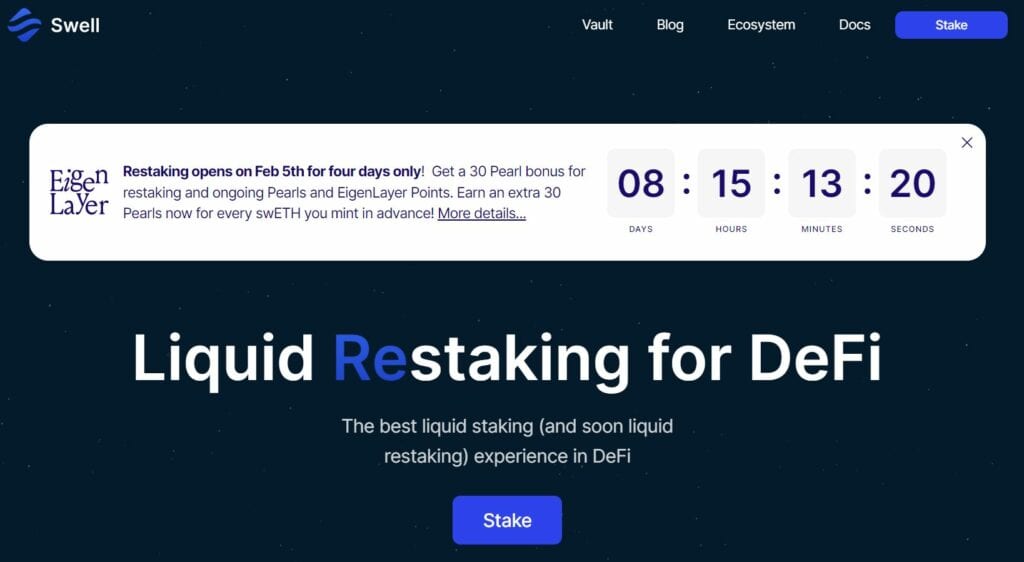
Swell (https://www.swellnetwork.io/) is a non-custodial liquid staking protocol that claims to deliver the world’s best liquid staking experience, simplify access to DeFi, and secure the future of Ethereum.
Kelp DAO
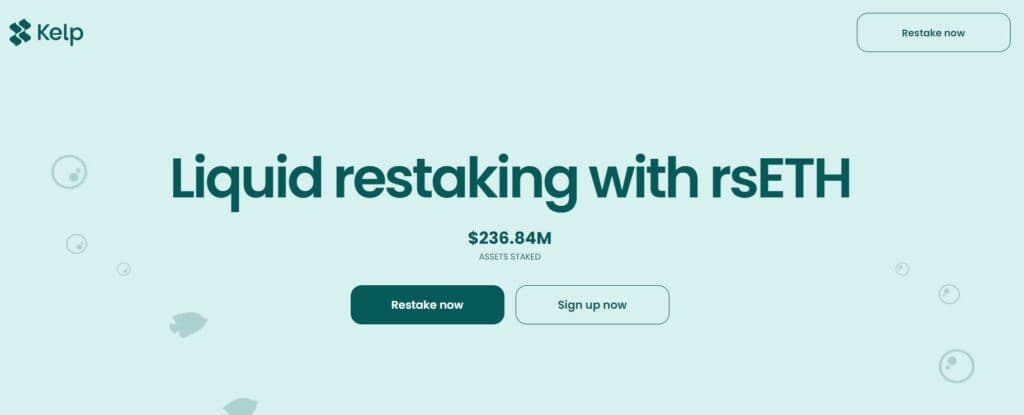
Kelp DAO (https://kelpdao.xyz/) is a multichain liquid staking platform. In its official documentation, the developers explained that their team is focused on building Liquid Restaking Solutions for public blockchain networks.
Renzo
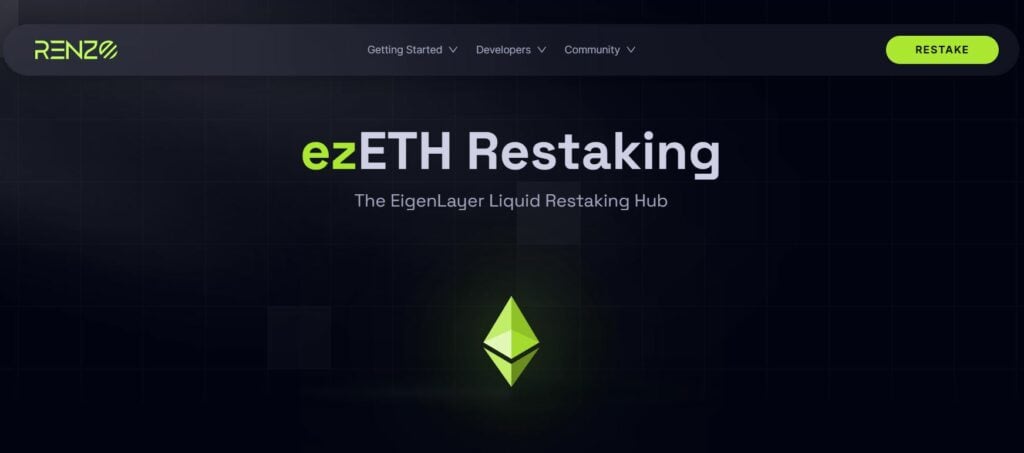
Renzo Protocol (https://www.renzoprotocol.com/) is a Liquid Restaking Token and Strategy Manager for EigenLayer. It calls itself as the interface to the EigenLayer ecosystem for securing Actively Validated Services (AVSs) and offering a higher yield than ETH staking.
Stader

Stader (https://www.staderlabs.com/) is a non-custodial smart contract-based liquid staking platform that seeks to help users, especially beginners for staking, earn staking rewards while also accessing DeFi opportunities conveniently.
Puffer Finance
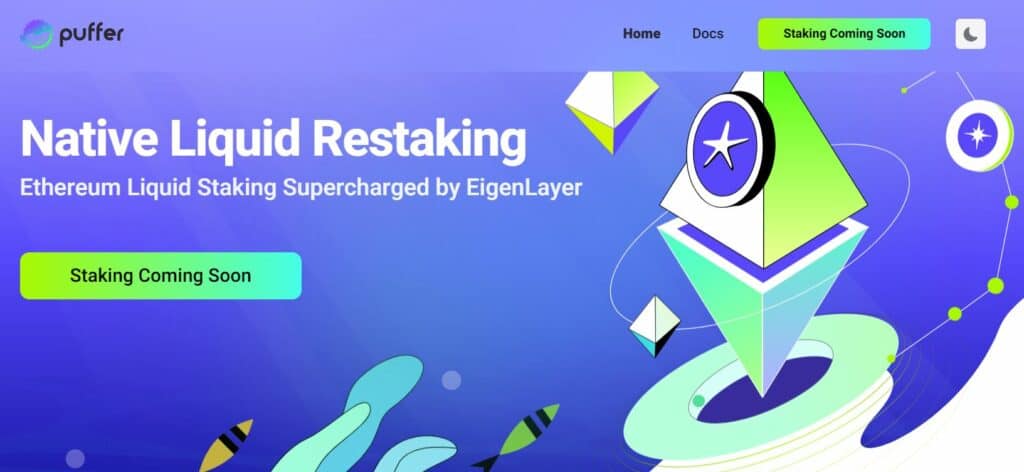
Puffer Finance (https://www.puffer.fi/) aims to “fortify Ethereum’s heart.” To be able to reach this goal, the developers explained that Puffer Finance amplifies nodes’ capital efficiency through a reduced bond requirement.
This article is published on BitPinas: Restaking Airdrop and Ecosystem Guide: How To Be Eligible
Disclaimer:
- Before investing in any cryptocurrency, it is essential that you carry out your own due diligence and seek appropriate professional advice about your specific position before making any financial decisions.
- BitPinas provides content for informational purposes only and does not constitute investment advice. Your actions are solely your own responsibility. This website is not responsible for any losses you may incur, nor will it claim attribution for your gains.

